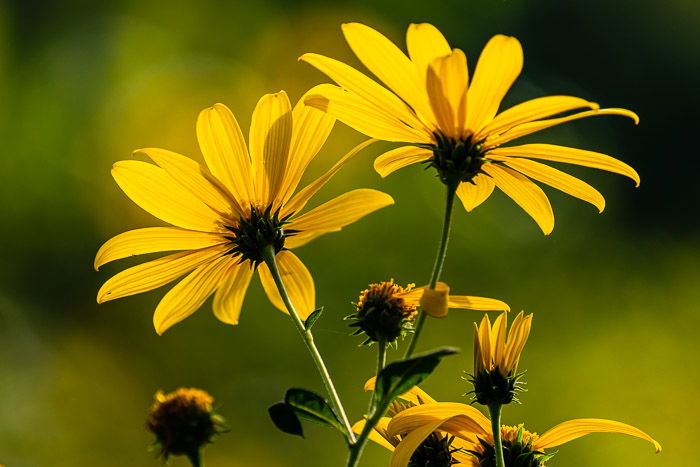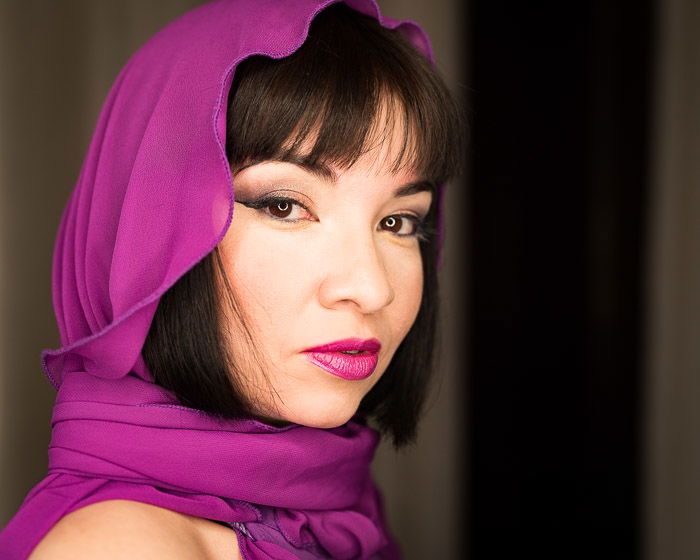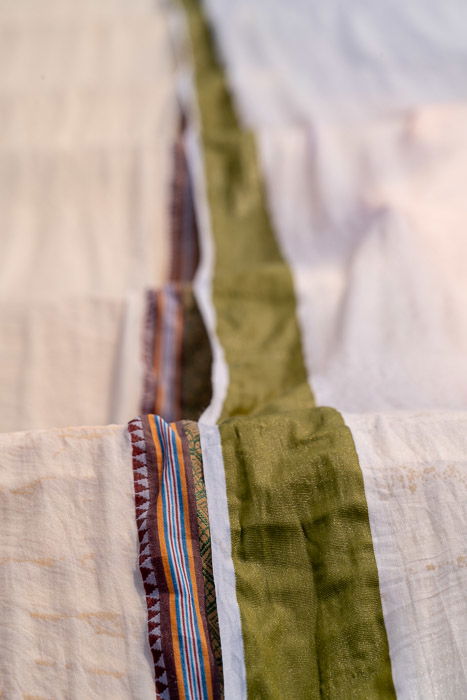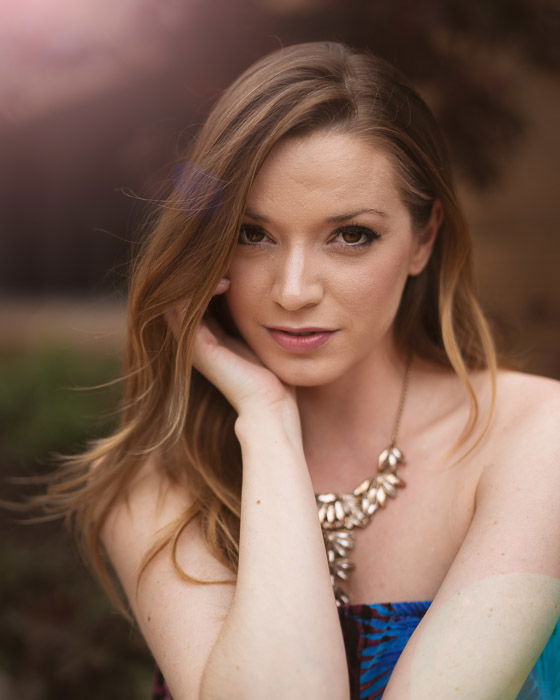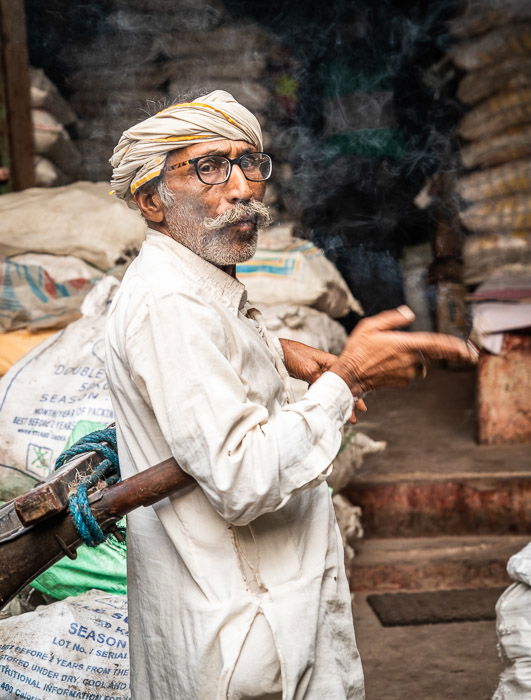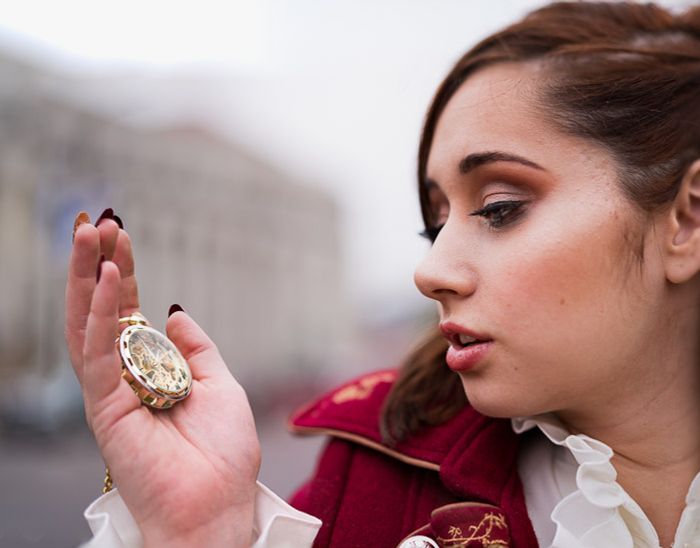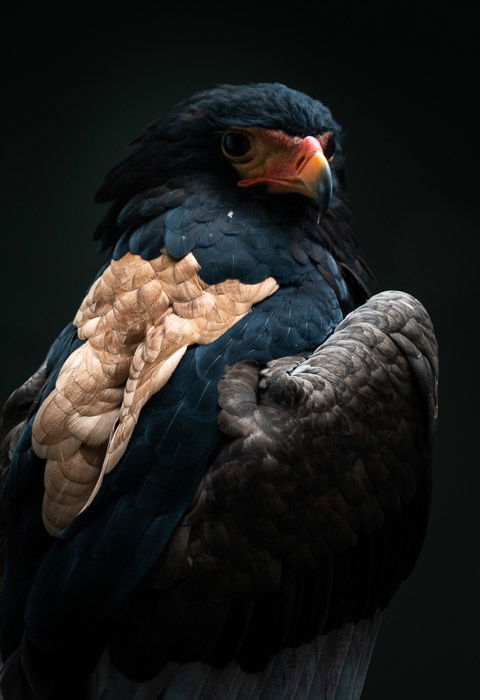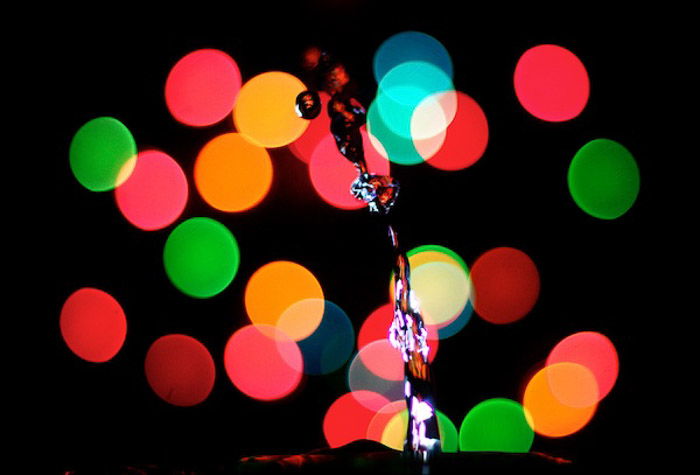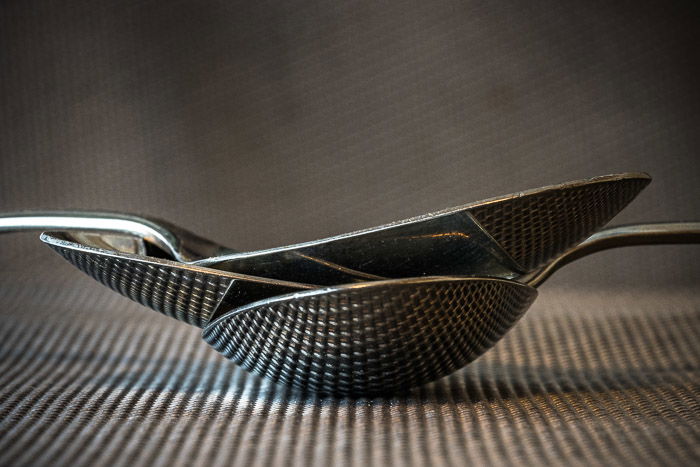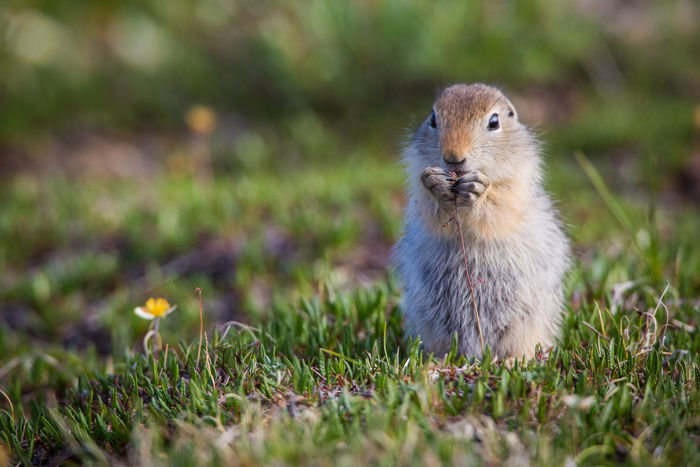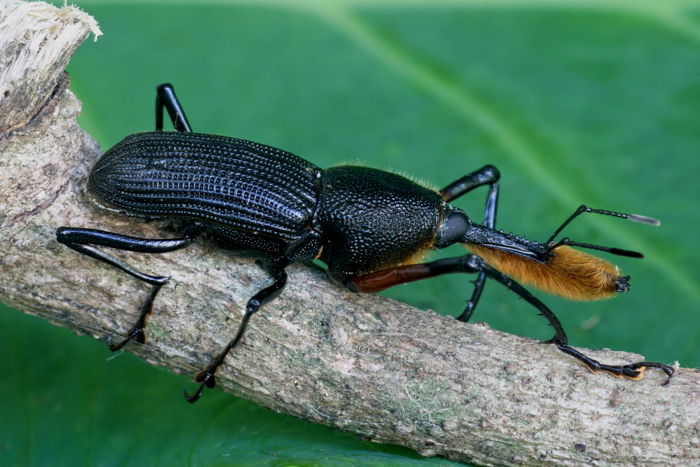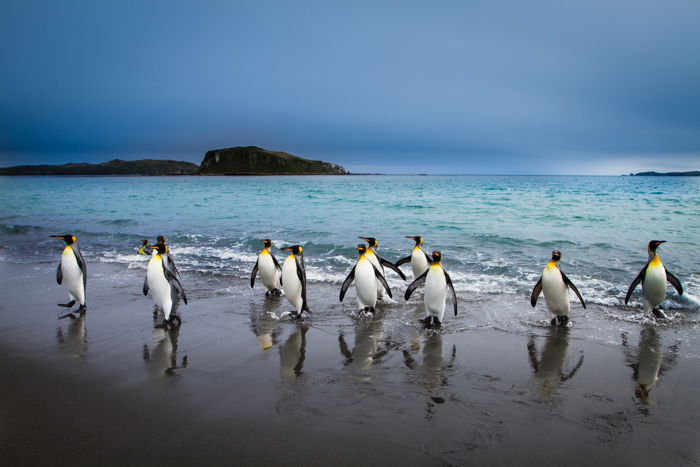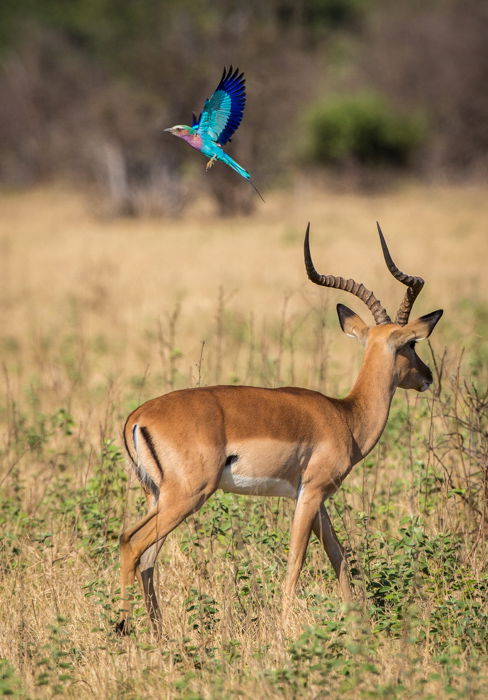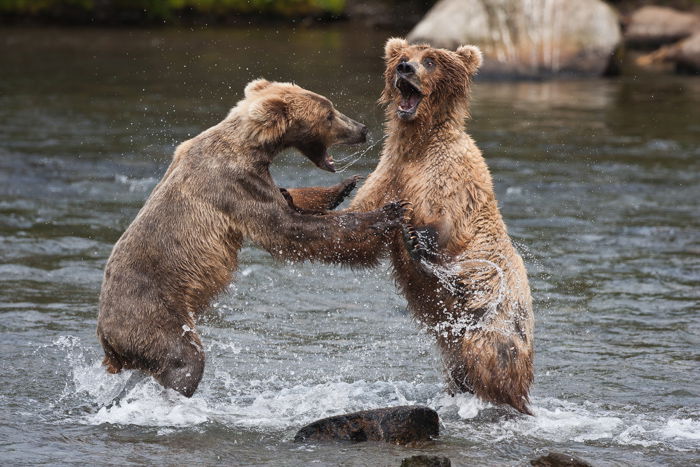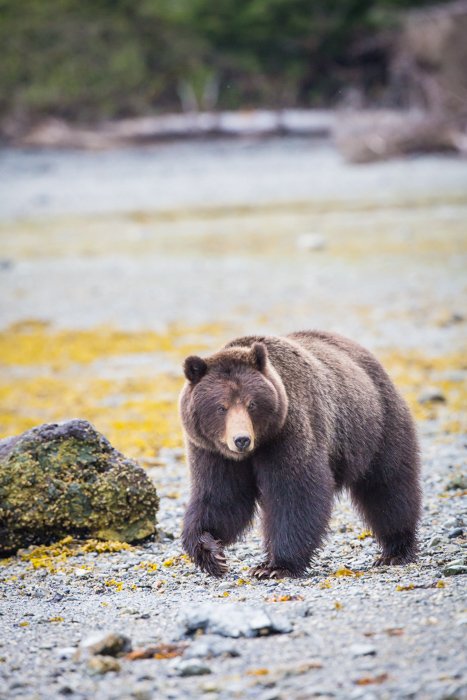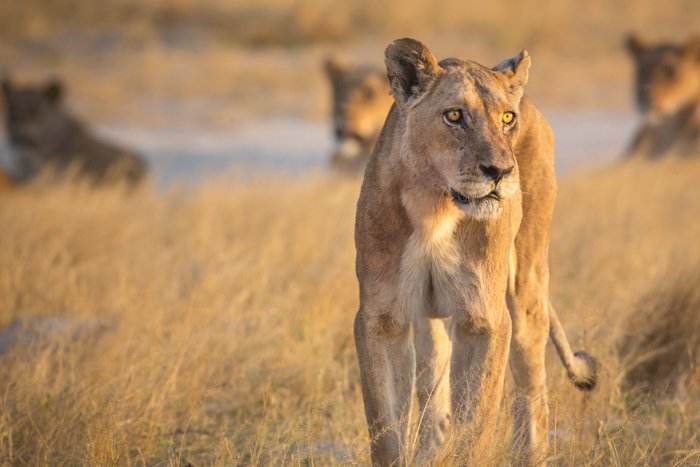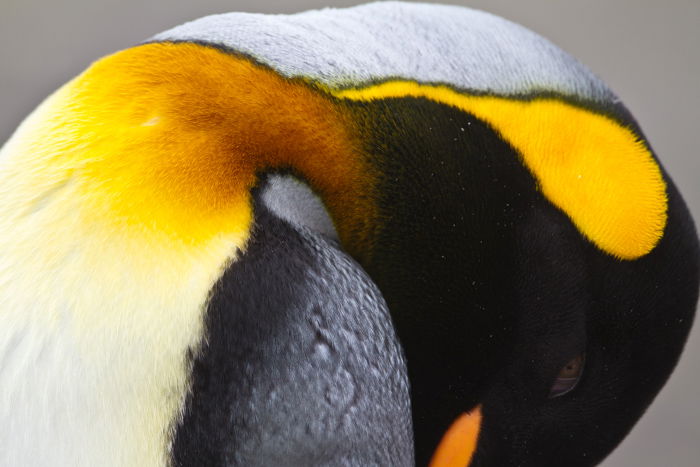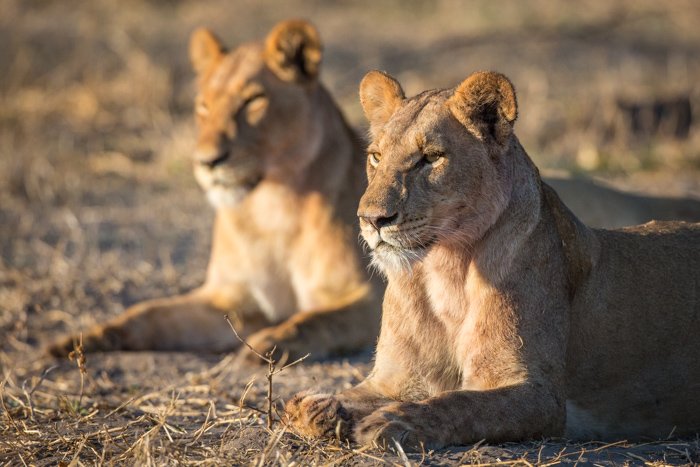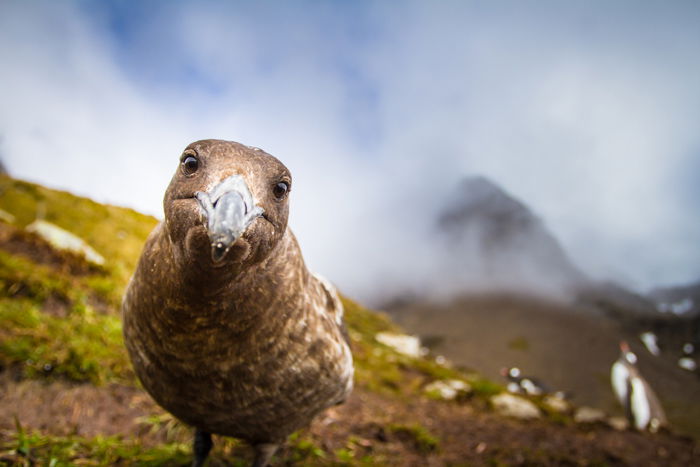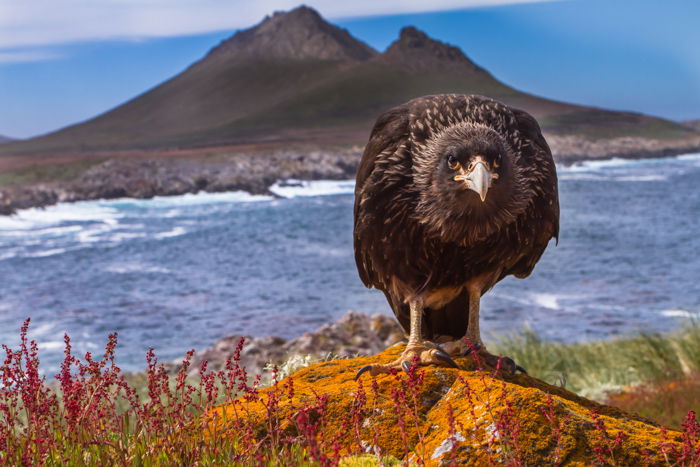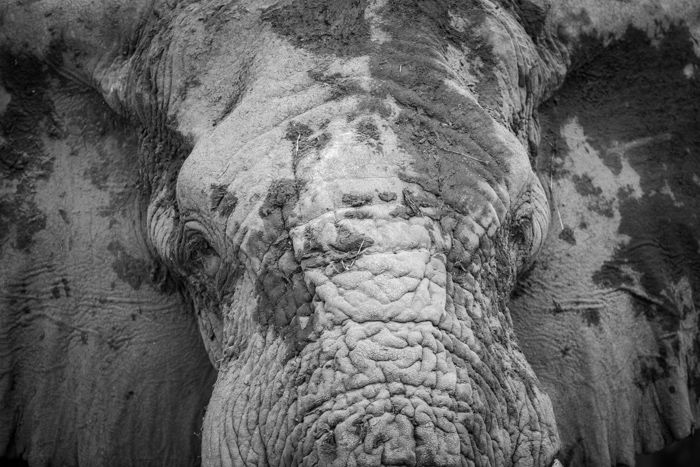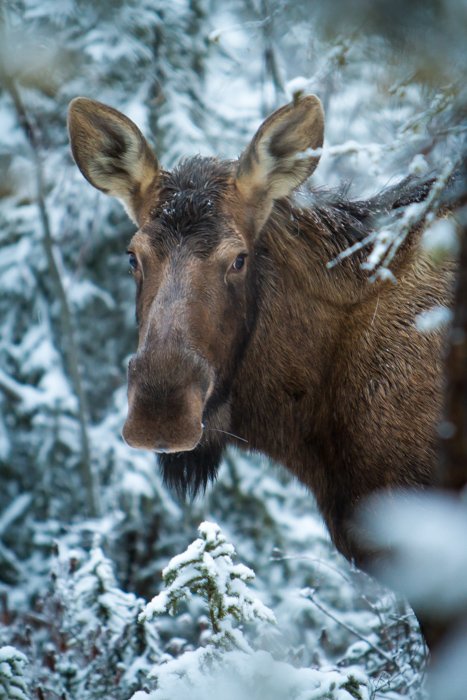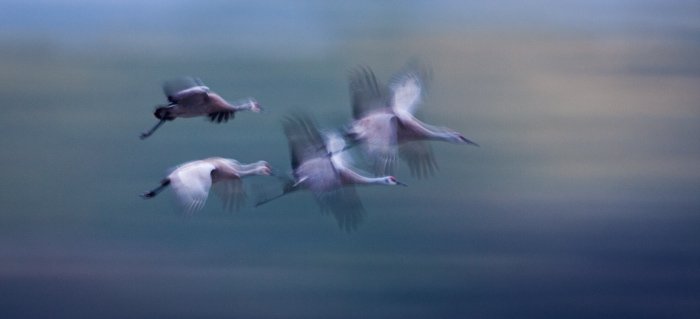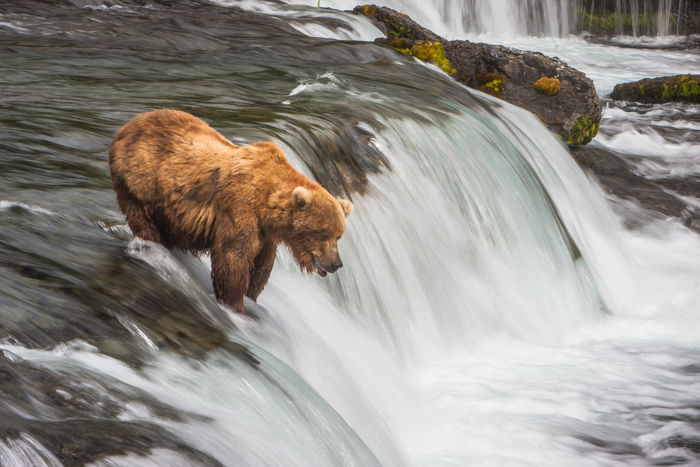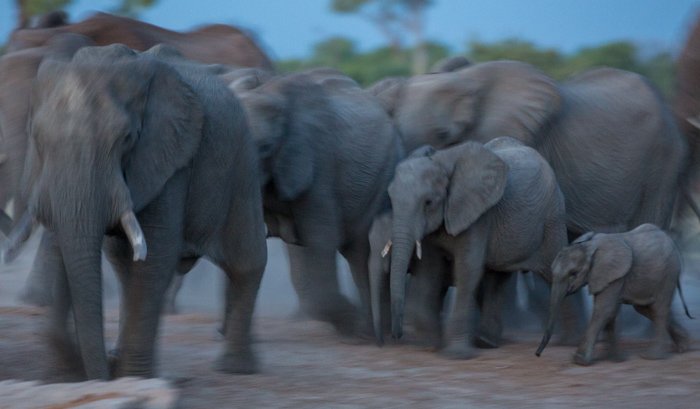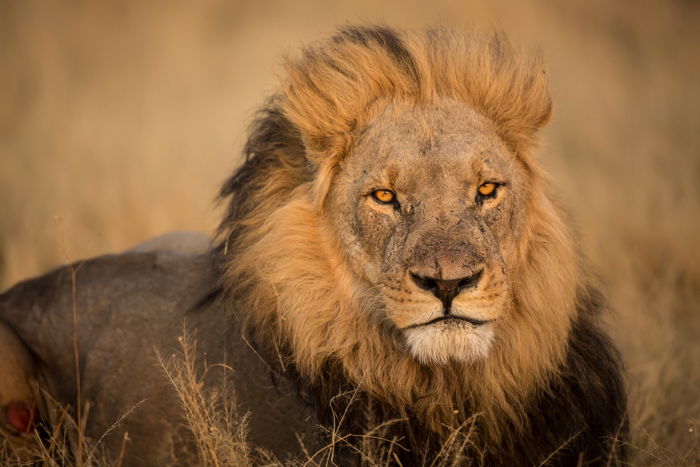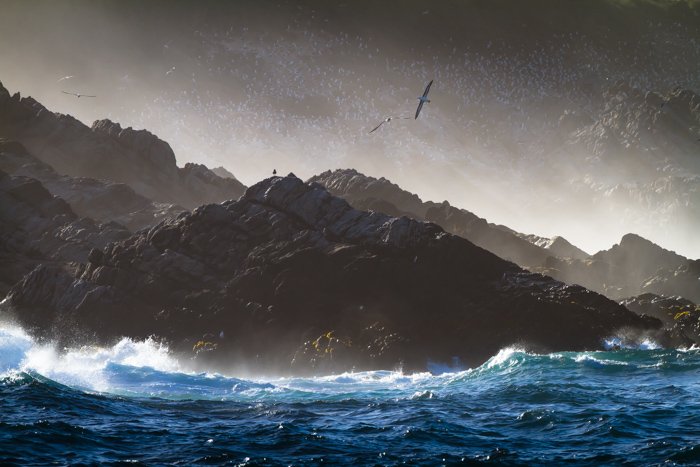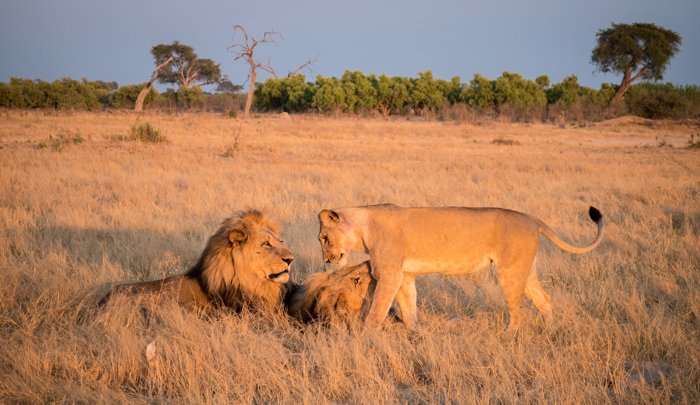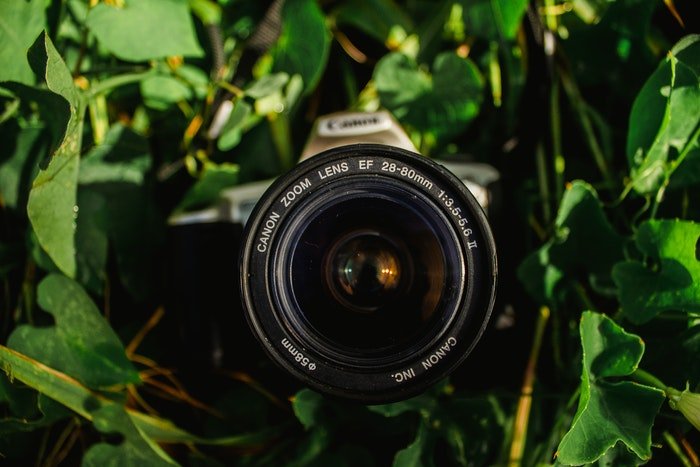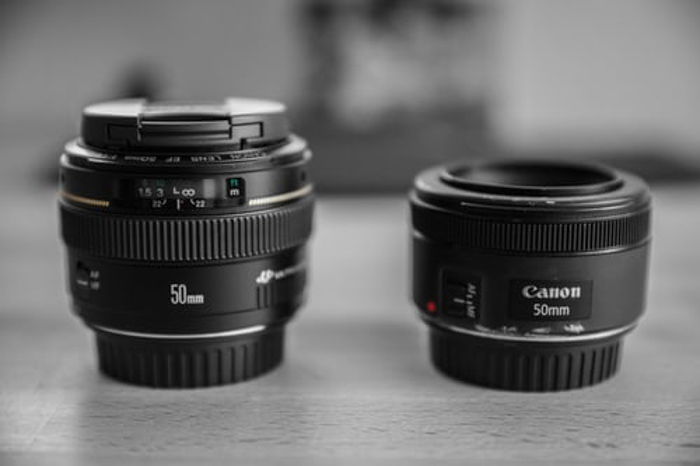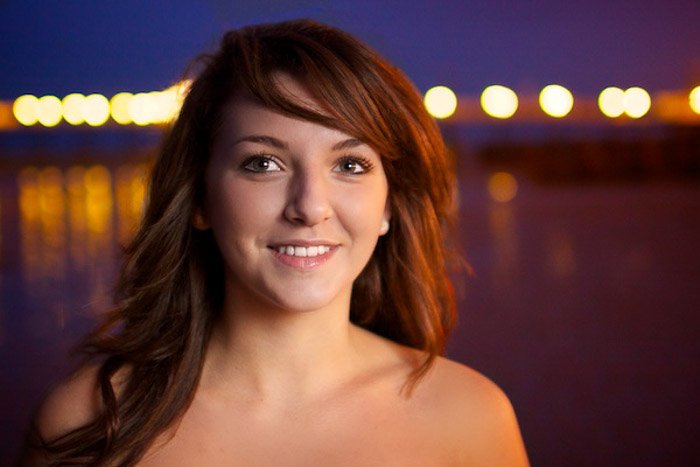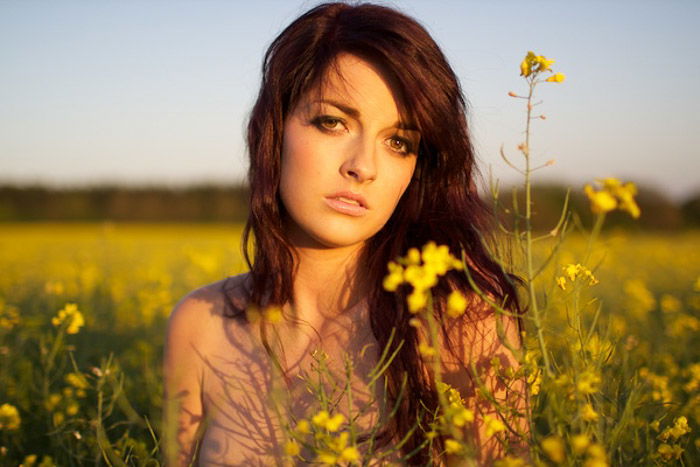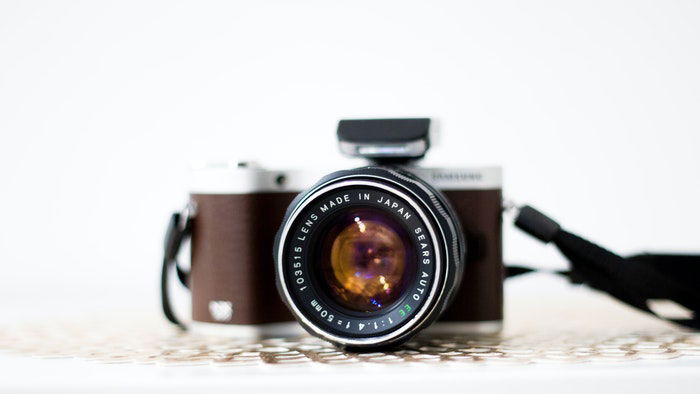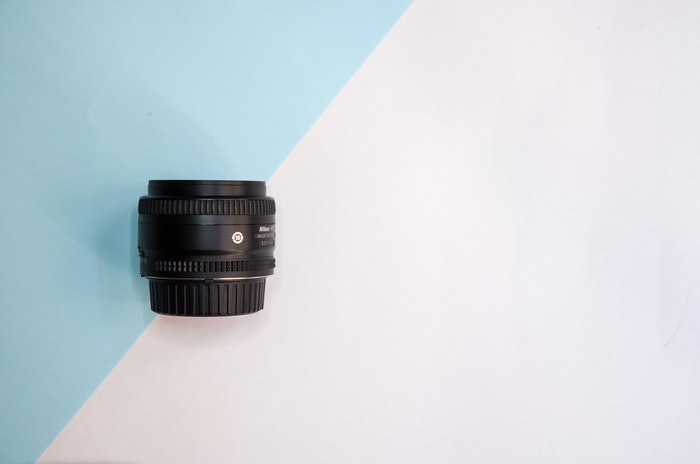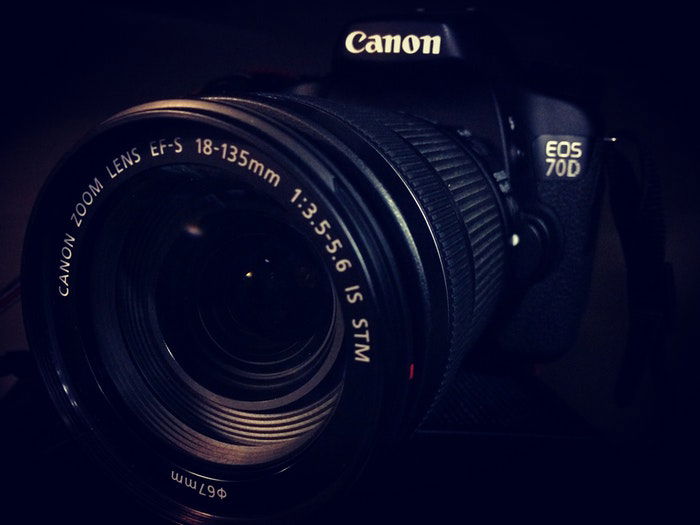21 Most Important Rules of Composition in Photography
There are a number of important rules of composition in photography.
Composition in photography is about what to include or leave out of your frame. It’s also about how you decide to place the elements in the scene.
Rather than thinking of these as “rules”, think of them as guidelines for making your images more visually appealing and interesting.
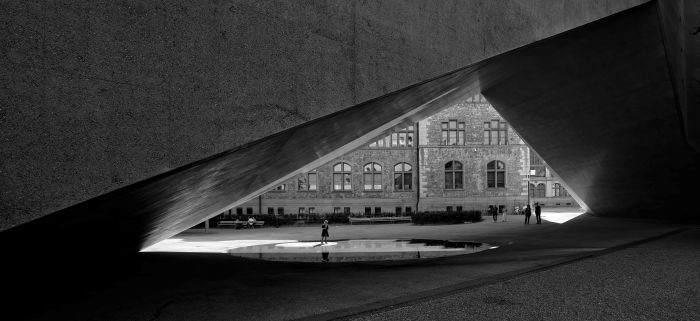
1. Use the Rule of Thirds to Add Interest
Composing using the Rule of Thirds means placing your main subject a third of the
way into the image. Placing your subject off-centre is much more interesting than
placing it in the centre.
Many cameras, including smartphones, can overlay a Rule of Thirds grid on the
screen. It looks like a tic-tac-toe game. Two horizontal lines and two vertical lines
divide the frame into thirds.
When photographing, place your main subject on one of the lines. Either horizontally
or vertically.
“Crash points” are where the lines intersect. If you can, place your focus subject where
the lines intersect.
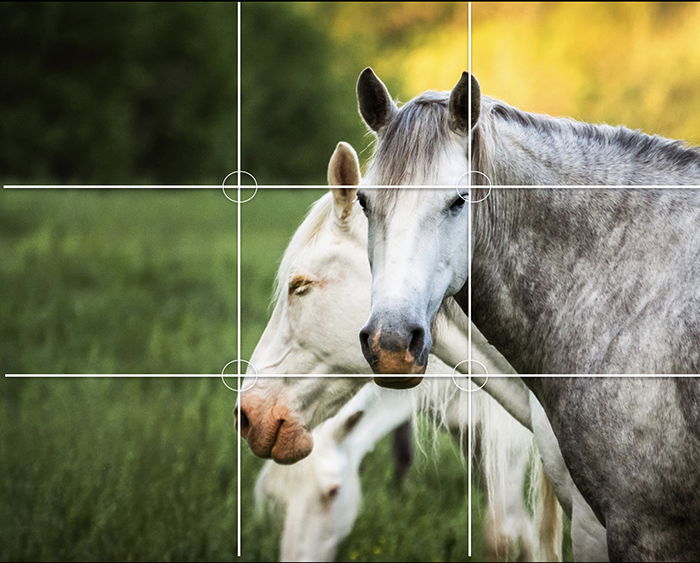
2. Simplify a Scene with the Rule of Odds
The Rule of Odds is a way of simplifying a complex scene with many possible subjects.
In general, we find an odd number of subjects more interesting than an even number.
Three is a magic number, but five or seven also work.
The Rule of Odds helps us select our subjects thoughtfully. The rule guides us on what
to include and what to leave out.
The Rule of Odds also reminds us to isolate our subject in a busy scene. One is an odd
number.

3. Focus on Your Subject by Filling the Frame
Filling the frame is about getting close to your subject. Really close.
Make your main subject clear and distinct. Ask yourself, how much sky do you really
need? How much background?
We can fill the frame by using a zoom lens and getting photographically close to our
subject. But it’s often better to “zoom with your feet”. Get physically closer to your subject.
In post-processing, consider cropping tighter on your subject to fill the frame.
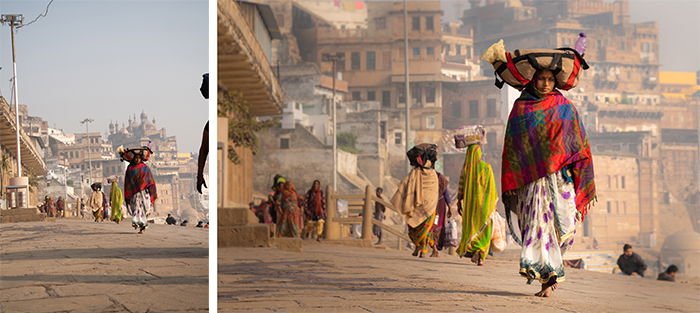
4. Choose a Suitable Depth of Field
Depth of field is deciding how much of the image should be in focus. This isn’t so much
a rule as a compositional decision you need to make.
A shallow depth of field means only a small part of the image is in focus, usually the
subject. The background is blurred.
A deep depth of field means the image is in focus from the front to the back.
Use a shallow depth of field to blur distracting backgrounds. Sports photographers blur
backgrounds so athletes stand out against a busy crowd. To get a shallow depth of field,
use a wide aperture like f2.8.
Generally, use a deep depth of field for landscape photography. To get the entire scene
in focus, use a narrow aperture like f16.
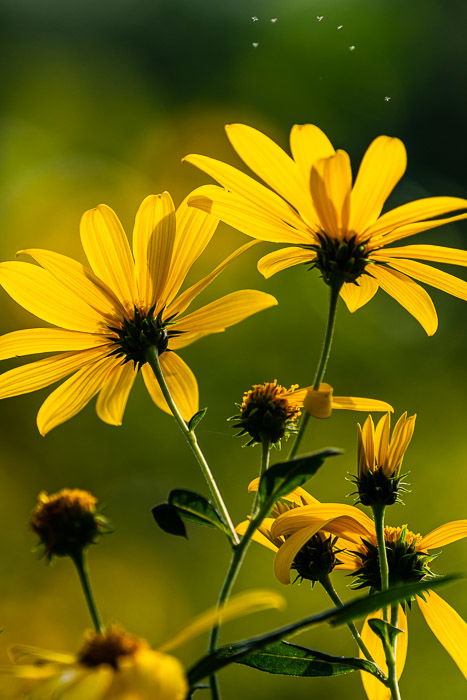
5. Use the Best Orientation for the Scene
Orientation and aspect ratio determine how much of the scene you capture in an image.
Orientation refers to whether you’re holding the camera horizontally or vertically. Aspect
ratio is the size of the image taken by the camera.
If there are a lot of vertical elements or height to your image, use portrait orientation. Hold
your camera vertically.
If there are a lot of horizontal elements or width to your image, use landscape orientation.
Hold your camera horizontally.
Don’t forget that you have a panorama option. We usually think of panoramas as long,
horizontal images, but they can be vertical as well.
I often take the shot both ways and see what I like later. I often try different aspect ratios
and crops in post-processing.
6. Straighten Lines for an Aesthetically Pleasing Image
Straighten lines that should be straight.
Not all lines in an image need to be straight, but there are some lines that are expected to
be straight. For instance, the horizon line in a landscape. Horizon tilt in an image is
immediately noticeable and distracting.
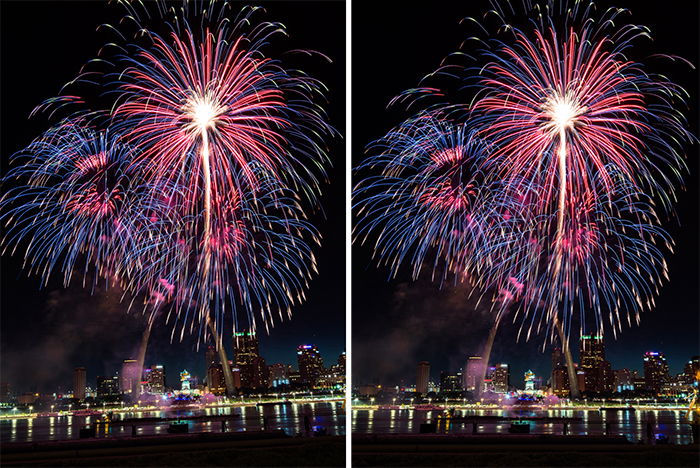
Many cameras and tripods include a level. Use these tools to help orientate your camera.
It’s also easy to correct a tilted line in post-processing.
Straight lines are also important in architecture. Using a wide-angle lens often distorts
lines. Leave space on either side of a building so you can straighten lines in post-processing.
In an image with many different lines, choose one to be your main focus. Make this line
straight even if the others are a bit off.
7. Create Depth with Leading Lines
Our eyes naturally follow lines through an image. Leading lines direct our eyes to the
main subject. Used well, leading lines create a sense of depth.
Lines may be actual lines or implied by elements in the scene.
Sometimes the lines are straight and lead directly to the subject. Other times, the
journey is roundabout. S-curves are a favourite of photographers.
Leading lines lead somewhere. If a line doesn’t lead anywhere or it leads the eye
out of the frame, change your position. Move left or right or up or down.
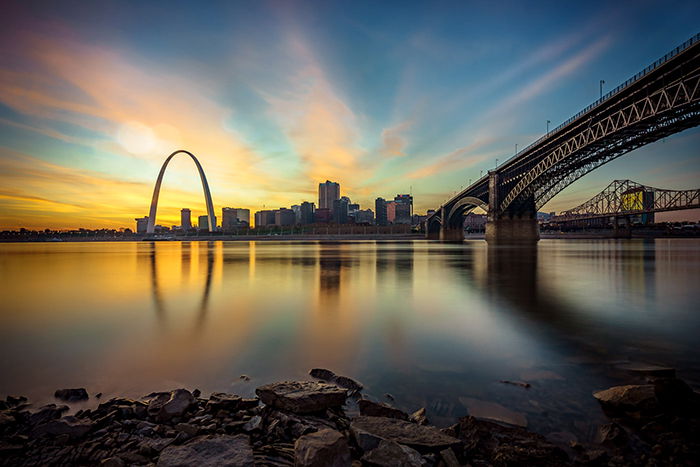
8. Use Diagonal Lines to Add Energy
Diagonal lines add interest and energy to photography composition. Try
photographing lines on a strong diagonal rather than straight across the frame.
Make sure your diagonal is obvious. A little tilt to a line looks like a mistake.
Think about where lines intersect with each other. Converging lines draw the eye.
Also, consider where lines enter or leave the frame. Photographers sometimes try
to have a line enter or leave the frame in a corner.
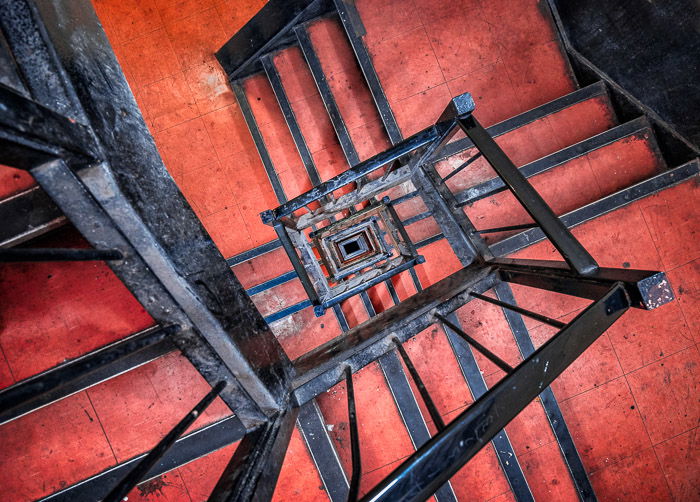
9. Attract Attention Using Light
Our eyes naturally go to the brightest part of an image. Knowing this affects how
we compose an image. The main subject should be the brightest part of the image.
Portrait photographers use flash or reflectors to highlight the faces of their models.
In post-processing, techniques like dodging and burning direct the eye. Dodging is
selectively lightening certain parts of the image. Burning is selectively darkening
certain parts of the image.
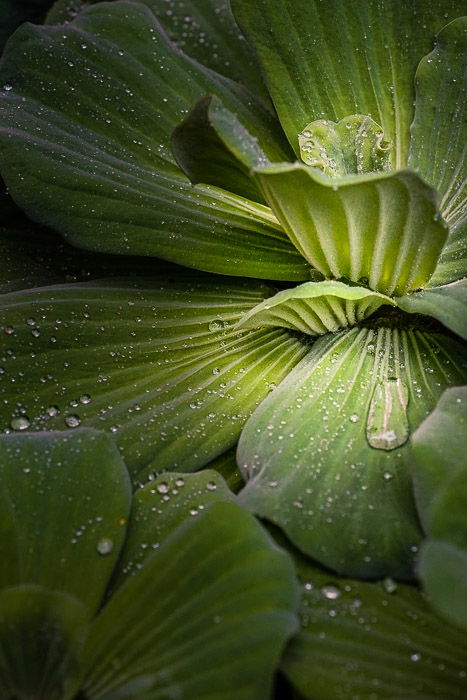
10. Use the Negative Space Around Objects
Negative space is the use of the space between or around subjects as an important
element in the image. Negative space becomes its own subject with its own shape.
Negative space can show scale or imply an emotion like “emptiness.”
Sometimes it’s difficult to see negative space because we’re so used to focusing on
a subject. Try flipping your images upside-down in post-processing. This will help
you see space without being too focused on the details of your main subject.
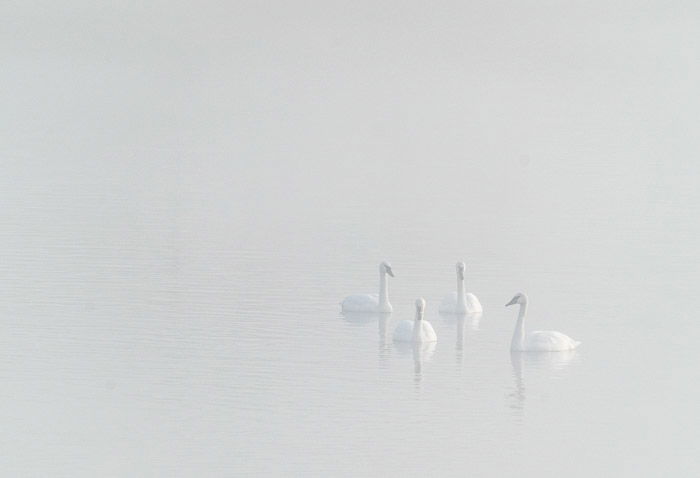
11. Balance the Subjects for Symmetry and Visual Balance
Visual balance is the relationship between two or more elements in your composition.
The elements look balanced. One is not visually heavier than the other.
Composing symmetrically creates visual balance. The left half of the image matches the
right, or the top half matches the bottom. Reflections in photographs work so well because
they show symmetry.
Even non-symmetrical images need visual balance. Balance a large, visually heavy
subject on one side of the frame with many smaller subjects on the other. Balance a
foreground element with a background element.
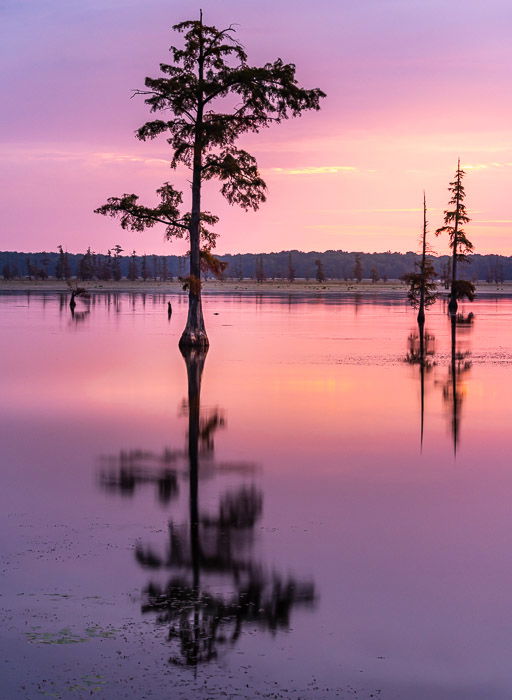
12. Chang Your Perspective
Perspective is about where you are in relation to your subject. Changing perspective
means getting down low or going up high.
Everyone sees the world from about the same perspective – at eye level. You can make
images more interesting by using a different perspective.
Photographing from a low angle makes the subject look more powerful.

It’s also fun to change your perspective and go high. This is one reason drone photography
is so interesting. We rarely get this bird’s eye view of our world.
Using a low perspective is important when photographing subjects close to the ground.
It’s also important when photographing children. Get down to their eye level.
13. Emphasise Your Main Subject with the Golden Rule
The Golden Rule is about placing your main subject in an important part in your frame.
This rule is like the Rule of Thirds. But the Golden Rule suggests a different arrangement
of compositional elements.
The Golden Rule is based on the Golden Ratio. The Golden Ratio is a naturally
occurring mathematical phenomenon. The natural world favours the ratio 1 to 1.618.
Mathematically, this may mean nothing to you, but visually, you see it everywhere.
The most common visual representation of the Golden Ratio is the spirals of a seashell.
In photography, the Golden Rule is represented either as a grid or a spiral.
Some cameras allow you to see an overlay of the Golden Ratio or the Golden Ratio
on your viewfinder. Lightroom also has overlays to help you crop images using the
Golden Rule.
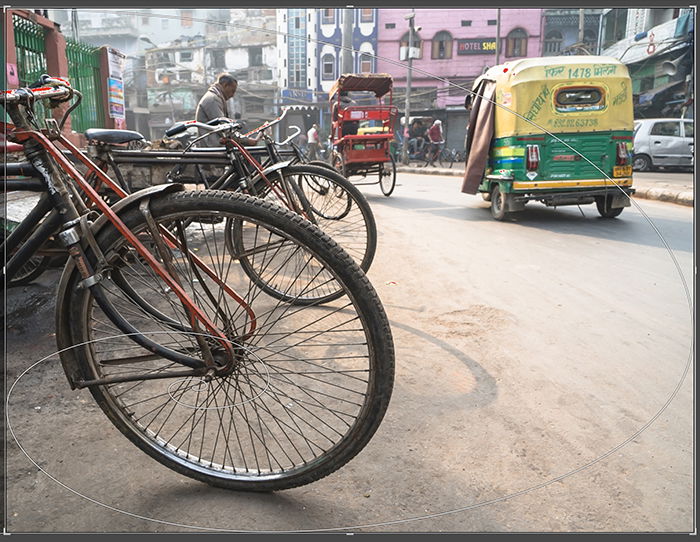
14. Capture Movement from Left to Right
We read images like we read text, from left to right. Movement in a photograph should
also move left to right in the frame. This compositional rule is particularly important for
wildlife and sports/action photographers.
It’s not always easy to capture motion left to right in the real world. Flip your image
horizontally in post-processing to create left to right movement. This often works as
long as there is no text in the image.

Make sure to leave room in the frame for the subject to move into. This means leaving
space to the right of the subject. Otherwise, it looks as if the subject is moving out of
the frame.
15. Pattern and Repetition for Stronger Compositions
Our brains like pattern and repetition. We’ll even impose patterns on random elements.
Think of the fun we have finding patterns in clouds. Incorporating repetition and
pattern makes our photographic compositions stronger and more interesting.
Repetition and pattern are often found in shapes and colour.
You may have to change your perspective to make patterns pop. Notice how changing
perspective alters spacing or hides the pattern.
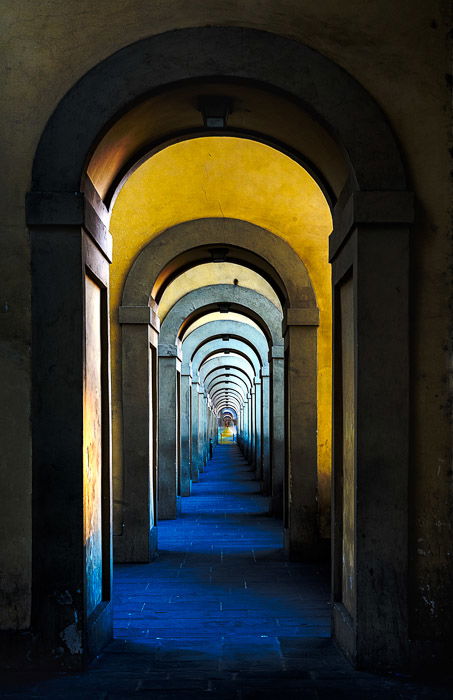
Adding contrast to repetition makes your photos even more dynamic. The contrasting
element may be a different colour, shape or height. Breaking up the pattern emphasises
the pattern.
16. Find a Relationship Between Elements
Look for interesting relationships between elements in your image.
For instance, look for tension. Two elements that appear to pull at each other create
visual tension. The colours clash, or there is a size discrepancy.
Street photographers often juxtapose elements. Something in the environment conflicts
with people on the street. This can create humour or suggest a deeper idea.
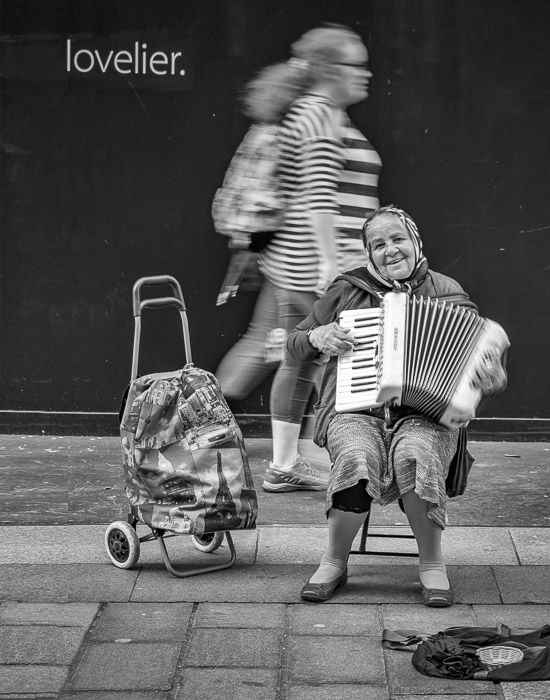
Colour theory is about how colours in your image relate. Colour theory is often represented
as a colour wheel. Colours across from each other on the wheel are complementary.
17. Simplify Images to Capture the Essence
Simplifying means including only what you need in the image. Take out everything you
don’t need.
Simplifying an image doesn’t mean creating minimalist images. Simplicity is distilling
the idea of a photograph into its purest form.
Decide what your photo is about. Then take out everything that isn’t about this idea.
18. Draw the Eyes with Framing
With framing, one element of your image sits inside another element. This creates a
frame within your frame. For instance, you might shoot through a window or through
an opening in the trees.
Frames add depth and draw our eyes into the image and to the main subject.
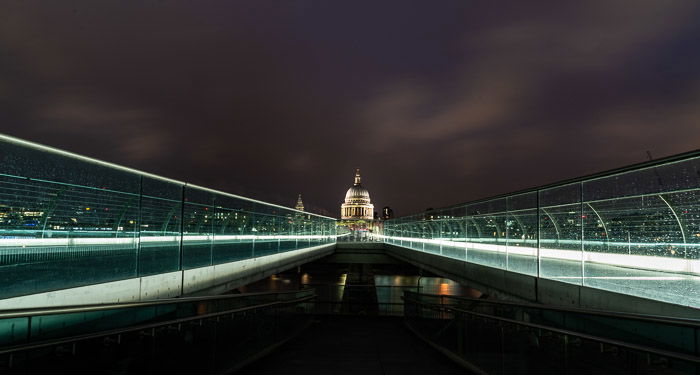
19. Use Layering for Depth and Dimension
Layering is looking for elements that stack from the front to the back of your image.
Layering adds depth and dimension.
Layering includes adding a foreground element to a landscape. Rather than the scene being
on the same flat plane, a foreground element leads the viewer into the scene. Rocks or flowers
are natural foreground elements.
Layers should be visually distinct in colour or light. This helps avoid mergers and lets the
eye easily distinguish the layers.
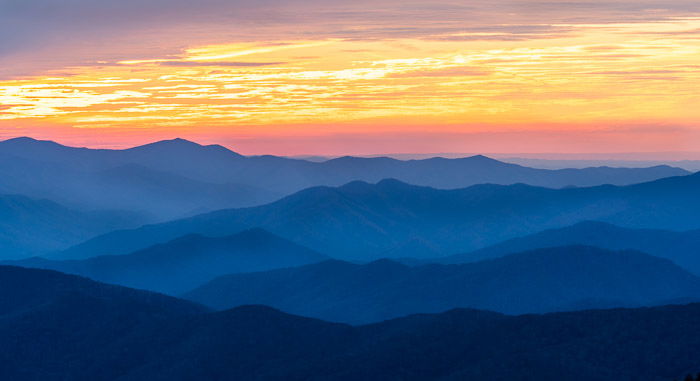
20. Avoid Mergers
Mergers happen when elements in an image overlap in a way that makes it difficult for our
eyes to separate. Our 3D eyes separate out things separated by distance. But in a 2D
photograph, the objects pancake especially if they are similar in colour or shading.
Watch for background distractions. It’s easy to overlook a tree branch that appears to
be coming out of someone’s head. Or people look like they have extra limbs.
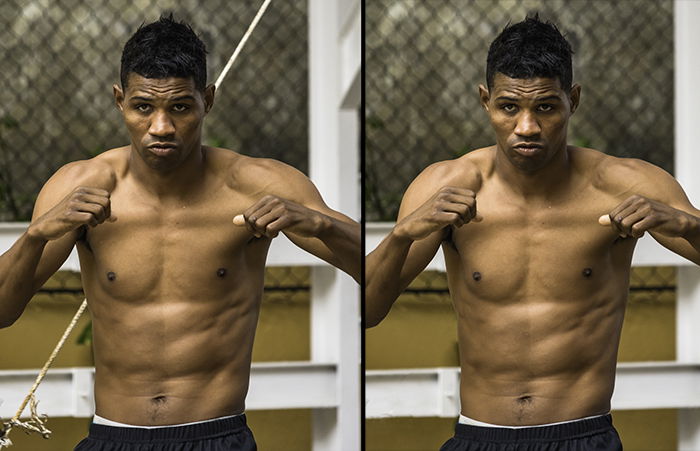
To create a clear composition, make sure your main subject has space around it.
If objects or people overlap, step to the left or right. Changing the angle even slightly
can often get rid of mergers.
21. Check the Edges for Distractions
Finally, before snapping a photograph, scan the edges of your frame. We’re often so
focused on our main subject that we forget to look at the entire frame.
Look for trapped space. Trapped space happens when an object and the edge of the frame
intersect to create an odd shape of light.
Also, look to see how objects or people are cut off by the edge of the frame.
Some photographers live by the rule: “Include everything or include nothing.” This means
that rather than cutting an object or person off at the edge of the frame, it’s better to cut it
out completely.
Other photographers are ok with cutting off an object or person as long as the crop looks
natural.
Portrait photographers try not to cut people off at the joints.
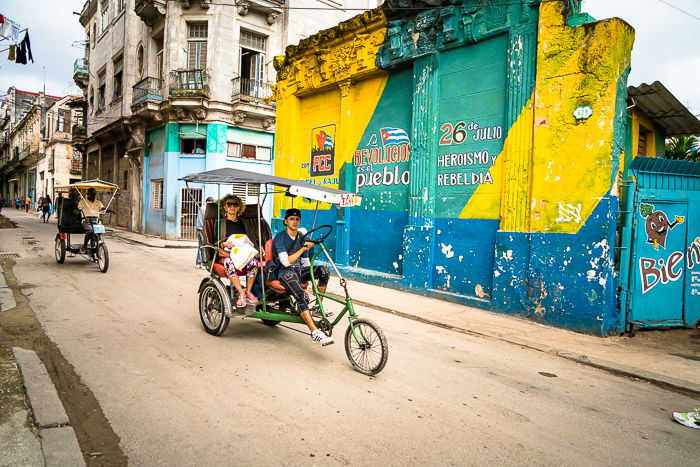
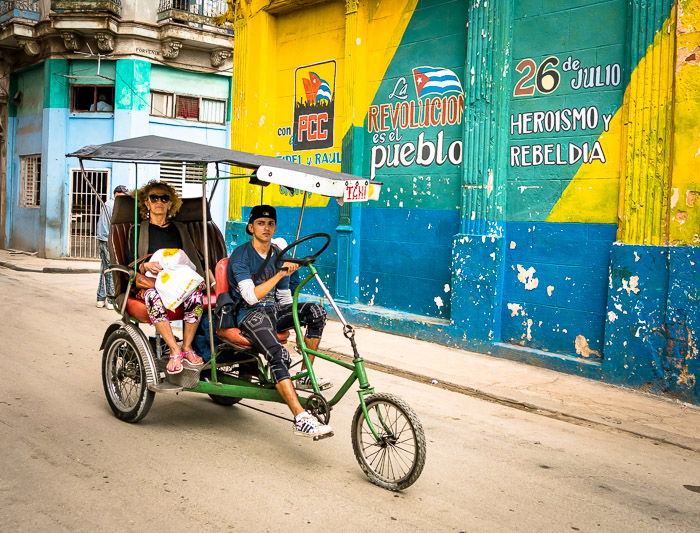
Compositional choices make the difference between a snapshot and a great photograph.
Following these photography composition rules is a great way to make more impactful images.
But there is no one right way of seeing the world. Once you master the rules of photographic
composition, it’s time to bend or break them.
Use these photography composition rules as guides to help you decide what to include in your
image and how to place the elements.
----------------------------------------------------------------------------------------------------------
Photography Freebie

In this downloadable free photography ebook, I have put together all the basics in a
simple, practical and jargon-free way.
Get your FREE copy: https://ianmiddletonphotography.com/free-photography-ebook/
Just copy and paste the link above into your browser, click ENTER, and enjoy.
